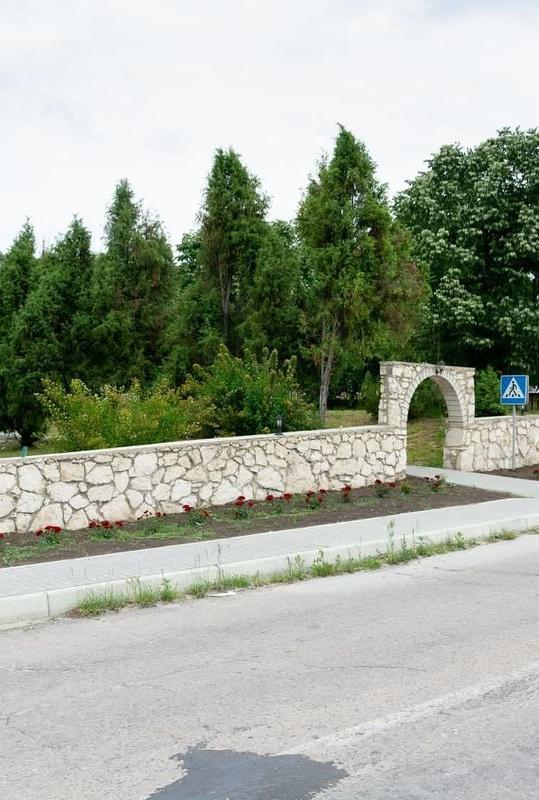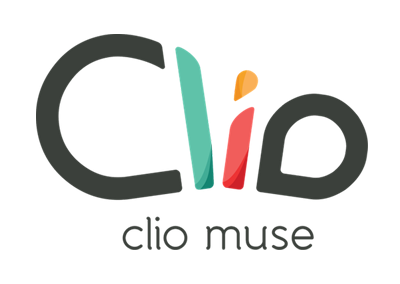
Rashkov Center
Центр Рашкова
The center of Rashkov: a monument to Lenin, across the street a local administration building with a flag.General information about the oldest village in Transnistria, the neighborhood of 3 religious denominations.
Rashkov. Let's start with the name of the village, about which there are several assumptions.First – from the Polish word, meaning «wine vessel».Second – from the Russian word «rakUshka», which many on the bank of the Dniester. The third – from the names of the first landowners.The fourth in the meaning of cordial, hospitable – from Turkish «worthy of praise».
In the center of the village stands a monument to Lenin. A trip to Transnistria is often called Back to the USSR, because it is as if time had stopped here, as if the USSR had not collapsed and Vladimir Ilyich was still calling for the victory of communism, for a bright future.
But let us hastily turn the pages of Rashkov's history and go back in time, which is curious in terms of the Jewish presence in the region and its dynamics.
Rashkov has always been multiethnic. Throughout history, it was part of the Grand Duchy of Lithuania, after the unification of Poland and Lithuania into the Polish-Lithuanian Commonwealth, was under the rule of the Turkish Empire, was in the Russian Empire and the Soviet Union and Ukraine as part of it, then Moldova, and now is part of the unrecognized Moldovan Republic of Transnistria.
Russians, Ukrainians, Moldovans, Poles, Jews, Greeks, Germans, Armenians lived here. You will not read about hostile inter-ethnic relations or their manifestations in any local document. The multi-ethnicity of the region is evidenced by six cemeteries – two old Jewish, one Polish from the 17th century and three Orthodox.
The close proximity of the Orthodox churches - Pokrovsky, Trinity, etc., the Catholic Church of St. Nicholas and the Catholic Church of the Holy Trinity, etc., also testifies to the multi-ethnicity and multi-confessional character of the region. Caetan and the Great Synagogue. The synagogue – is one of our main points of visit, and we will see a functioning church and the ruined Church of the Intercession on our way.
Before 1933, Rashkov had two village councils – Ukrainian and Jewish – as half the population was Jewish - up to 57%. The building in front of which we are standing is the modern administration of the settlement. The big building on our side – the House of Culture, a typical official structure of the Soviet period.
And now we will talk about a sad page in the history of Rashkov. To do this, walk down the street to the entrance to the square, where to the right of the path is a monument to the citizens of Rashkov who died during the Holocaust.





